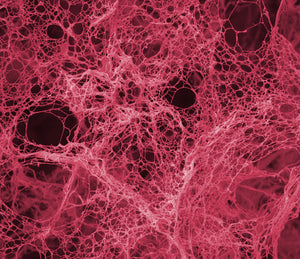
The ability to detect and isolate circulating tumor cells from blood could be a life-saving diagnostic tool for early detection of cancer and downstream analysis of tumor growth and metastasis. Researchers from the lab of Aman Russom at the Royal Institute of Technology (KTH) in Sweden have engineered a microfluidic device which captures circulating tumor cells from whole blood using antibodies immobilized on a cellulose nanofibril substrate. Using the device, circulating tumor cells were enriched and captured from whole blood. Importantly, 94.5 % of the captured tumor cells could be released from the device and isolated for downstream analysis. The innovation making such a high release efficiency possible lies in a layer-by-layer assembly of cellulose nanofibrils which serves as substrate for the immobilized antibodies. Using Carbotrace 680, the layer-by-layer assembly was carefully tuned to prevent unspecific binding of antibodies and to optimize the release of captured tumor cells during enzymatic degradation of the cellulose substrate. With the help of Carbotrace 680, the researchers were able to visualize the amount of cellulose in the microfluidic channel during the coating procedure and during enzymatic degradation of the cellulose nanofibrils. That means they were in control of the experimental conditions for optimal antibody immobilization and cell release at every step of development. Thus, they were able to determine the optimal number of layers for capturing and releasing cancer cells. The study, published in the journal Nanoscale, represents a real break-through in cancer diagnostics using a microfluidic device. Cellulose nanofibrils are featured as outstanding, bio- degradable material for capture and release of cells in diagnostic microelectromechanical systems (MEMS). Using Carbotrace to visualize the amount of cellulose nanofibril assemblies therefore adds a new level of precision to the engineering and optimization of these devices.
